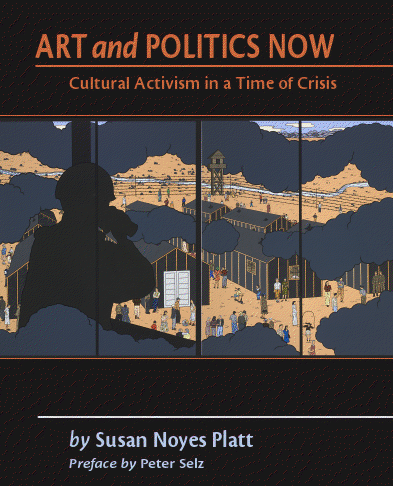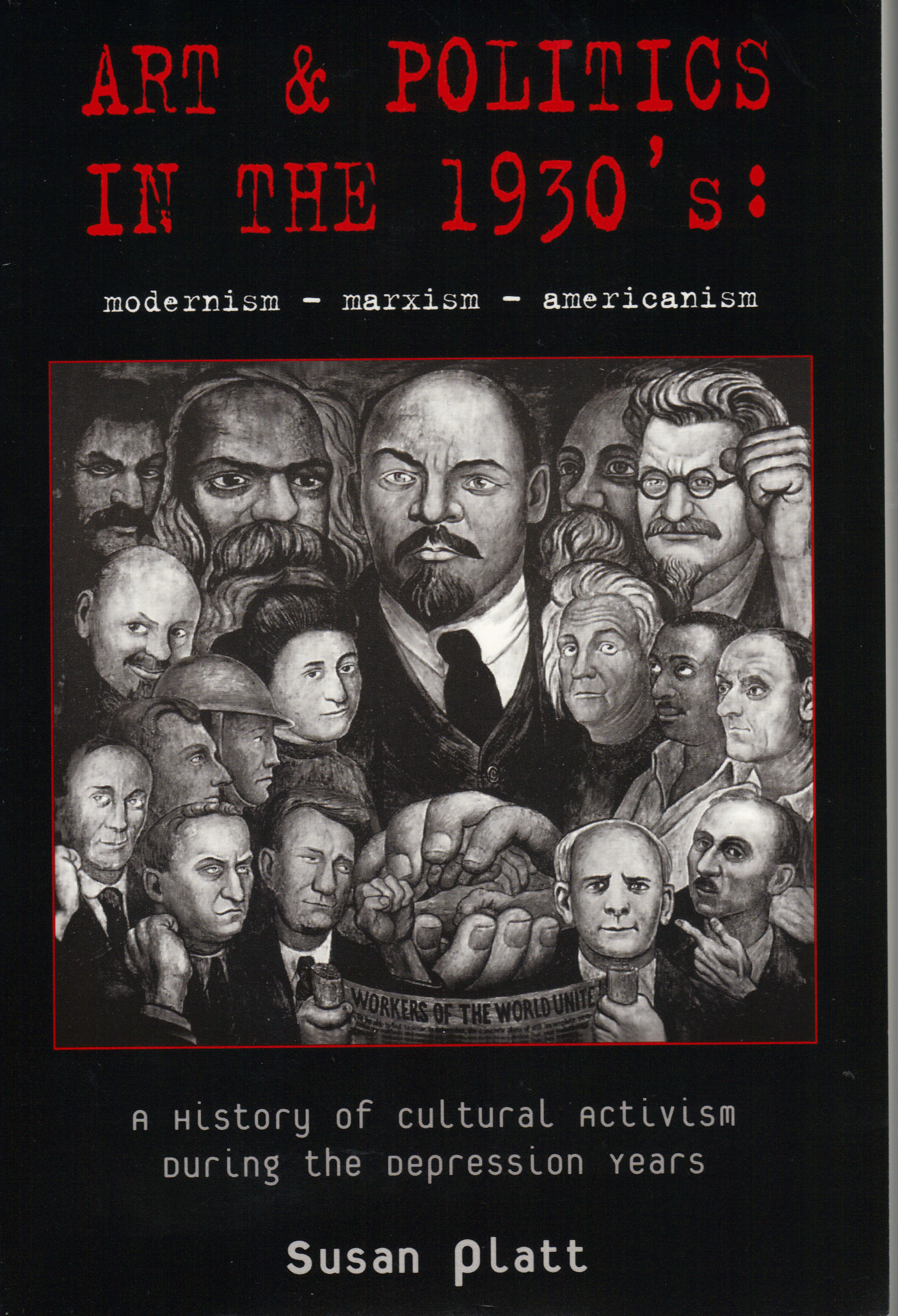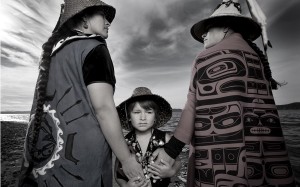


Matika Wilbur, Darkfeather, Bibiana and Eckos Ancheta (Tulalip Tribes), 2014. Digital silver image, 16 x 20 inches. Courtesy of the artist.
Matika Wilbur’s “Project 562” currently on view at the Tacoma Art Museum until October 5, will eventually include every “federally recognized sovereign Native American tribe.” 562 was the total number when she started, now it is 566. (I wonder if she will also include unrecognized tribes like the Duwamish, tribe of Chief Seattle). So far she has visited one third of them. She declares: “For predominant society, Indians occupy a silent and isolated, covered over, virtually extinct existence, part of the grievous though inevitable eradication of ‘manifest destiny .’ . .But Native America is utterly enduring, alive, and thriving as part of the core concept and reality of America”
Matika Wilbur is from the Pacific Northwest (Tulalip and Swinomish). Here in the Northwest we are acutely aware of the vitality of contemporary native culture, including authors, filmmakers, poets, painters, sculptors, museum curators, architects, potters, weavers, beaders, basket makers, canoe makers, singers, drummers, and political activists (we just lost the famous Billy FrankJr., who for decades has been campaigning first for native fishing rights, then for the dangers of pollution and climate change).
In Seattle we have stores selling authentic native art and totem poles in many of our parks. We just dedicated a new totem to J.T. Williams, a seventh generation wood carver, who was shot and killed by a policeman. It was carved on our waterfront by his brother and extended family. We joined the procession carrying this immensely heavy sculpture to its final installation. Just north of us is Haida Gwaii, an extraordinary island that is a sovereign Canadian nation, who with many other First Nation groups, is fighting the new plans for oil pipelines and shipping. But this is Seattle. For the East Coast and the center of the country natives are ancient history, casino owners or contentious groups asking for their land (most of the continental US is stolen Indian land, we first leased it and then just stayed).
Wilbur’s project wants to help us to rethink the idea of contemporary Native Americans and what it means, as she asked, to be an Indian today. “What does contemporary Indian look like?” How can they be “Indian enough”? According to her audio introduction to the exhibition, she is honoring“cultural resiliency, celebrating heroes and changing the way we see Native Americans.”
As I walked into the exhibition I was immediately struck by the obvious fact that these modest sized sepia prints are a direct response to Edward Curtis’s North American Indian project created in the first two decades of the 20th century. As we all know, Curtis set out to photograph “the vanishing race” at the turn of the century. He took 40,000 photographs and recorded 10,000 wax cylinders of audio, language, and music, from 80 tribes. We know that Curtis took a lot of liberties, he dressed his subjects in regalia from other tribes, for example, yet, we also know that today, this work is a treasure trove of information about much that was lost. Needless to say, the tribes did not vanish, although that was the plan of the white man.
Enter Matika Wilbur.She also accompanies her images with audio, a powerful component that makes the photographs come alive. Rather than impose herself on her subjects, she asks them how they would like to be dressed and where they want to be photographed. She invites them to discuss their present situation, their history, and their relationship to tradition. The very first photograph of Anna Mae Wescogone, age 62 of the Havasupai tribe in the Grand Canyon tells us of the past and present from her own experience: growing up with no electricity, building fires, telling stories, gathering crops, to the present life of flat screen televisions, and helicopter trips to stores. A youthful Anna Cook speaks of the shock of racism when she went from her small tribal school to high school in a nearby town. The stories are compelling.
Yet, I was disappointed. It was too close to Curtis for me (who oddly is never mentioned in the gallery or the press materials). I understand the compulsion to erase the “vanishing tribe” idea. But why were virtually every one of these photographs in rustic settings, with no sign of modern life. A few wore contemporary clothing, but they were posed in a vacuum. Instead of suggesting the realities of contemporary life for Native Americans, as for example, Sherman Alexie does in his novels and films, in which he deftly combines tradition, spirituality, and current conditions, see, for example his film Winter in the Blood. In the selection that I saw in the museum there were no run down cars, no drug and alcohol references, no activists against pipe lines, or conversely advocates for uranium exploration. Looking online, her other photography, prior to Project 562, is certainly more contemporary. The Project itself has many more dimensions not included in this selection, including environmental activism here. Wilbur wants to abolish negative stereotypes and leave a legacy for future generations. Perhaps those realities of life and activism are too negative, but resiliency is certainly overcoming those realities. But the huge native American role in our current climate change fight is to be celebrated. I hope Matika presents it more frequently. It is one of the key features of our contemporary world and personally, a major hope for our survival.
Admittedly, as I said at the outset, in the Northwest we are immersed in contemporary native culture as part of contemporary culture, not a separate entity. The rest of the country does not have that rich component of day to day life. We are also acutely aware of how recently we took the land of the tribes ( 1855) I regret that Project 562, at least in the sample I saw at the Tacoma Art Museum, seems only to present a type of frozen romance. Oddly her stated goal is to get beyond “feathers and leather”, but she is certainly presenting that frequently.
Admittedly, I have not listened to every audio ( which you can do online here)., and the contemporary video of the artist on the road was not working. That would have given a sense of her process that would have been another dimension to these isolated figures.
Last, as an outsider, my perception is that Native tribal culture is a lot about community, family, friends, extended family, looking out for each other as strangers on the road, etc, yet all of these photographs, with only a few exceptions, are single isolated people. Perhaps that is the contemporary reality that she is actually revealing. For more images go to her blog and decide for yourself.